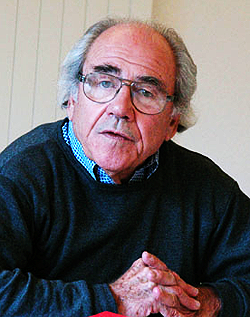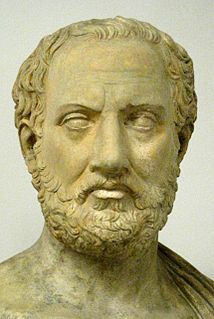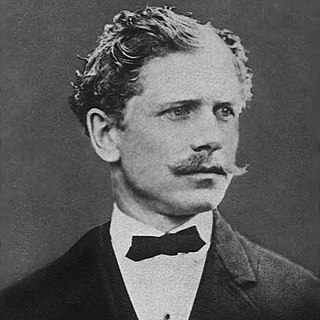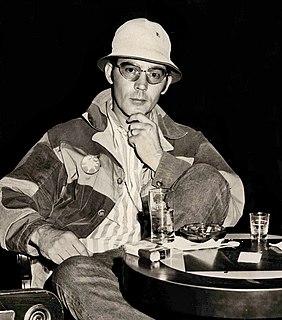A Quote by Russell Baker
Inanimate objects can be classified scientifically into three major categories: those that don't work, those that break down and those that get lost. The goal of all inanimate objects is to resist man and ultimately to defeat him, and the three major classifications are based on the method each object uses to achieve its purpose. As a general rule, any object capable of breaking down at the moment when it is most needed will do so.
Related Quotes
When he tries to extend his power over objects, those objects gain control of him. He who is controlled by objects loses possession of his inner self... Prisoners in the world of object, they have no choice but to submit to the demands of matter! They are pressed down and crushed by external forces: fashion, the market, events, public opinion. Never in a whole lifetime do they recover their right mind!... What a pity!
Kitschis one of the major categories of the modern object. Knick-knacks, rustic odds-and-ends, souvenirs, lampshades, and African masks: the kitsch-object is collectively this whole plethora of "trashy," sham or faked objects, this whole museum of junk which proliferates everywhere.... Kitsch is the equivalent to the "cliché" in discourse.
My life has been so fortunate. I have had most extraordinary good fortune in my life. I sort of put it into three categories, the three major stepping stones. One being London Hippodrome theater stage debut when I was 12, when it started my career. The second being going to Broadway. And the third going to Hollywood. Each one of those happened under the most extraordinary circumstances.
In this world, time has three dimensions, like space. Just as an object may move in three perpendicular directions, corresponding to horizontal, vertical, and longitudinal, so an object may participate in three perpendicular futures. Each future moves in a different direction of time. Each future is real. At every point of decision, the world splits into three worlds, each with the same people, but different fates for those people. In time, there are an infinity of worlds.
To be an object of hatred and aversion to their contemporaries has been the usual fate of all those whose merit has raised them above the common level. The man who submits to the shafts of envy for the sake of noble objects pursues a judicious course for his own lasting fame. Hatred dies with its object, while merit soon breaks forth in full splendor, and his glory is handed down to posterity in never-dying strains.
And I was very successful at baby photography... Strange isn't it? Because some of my portraits of babies were - I used dramatic lighting, shadow lighting, and I didn't use flash. We didn't have flash in those days, we just had floodlights, and I was photographing babies as I would an object - an inanimate object, for that matter.
When objects are presented within the context of art (and until recently objects always have been used) they are as eligible for aesthetic consideration as are any objects in the world, and an aesthetic consideration of an object existing in the realm of art means that the object's existence or functioning in an art context is irrelevant to the aesthetic judgment.





























